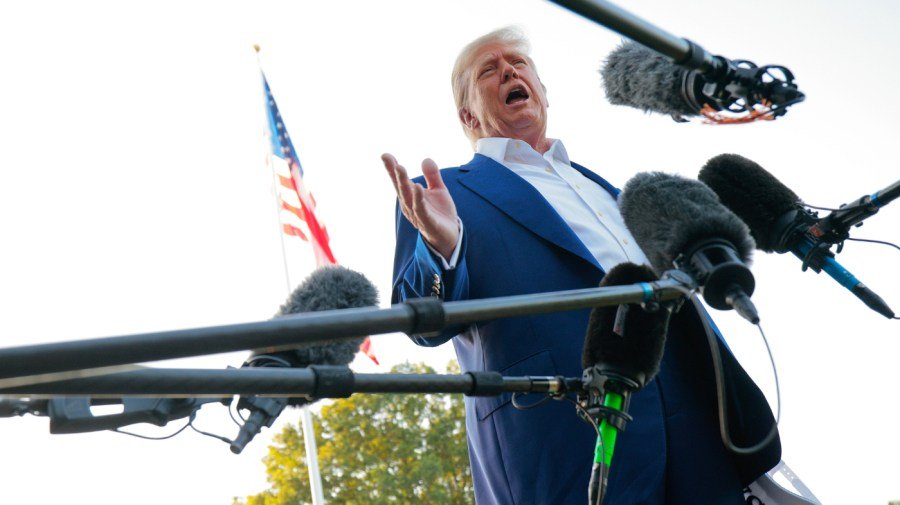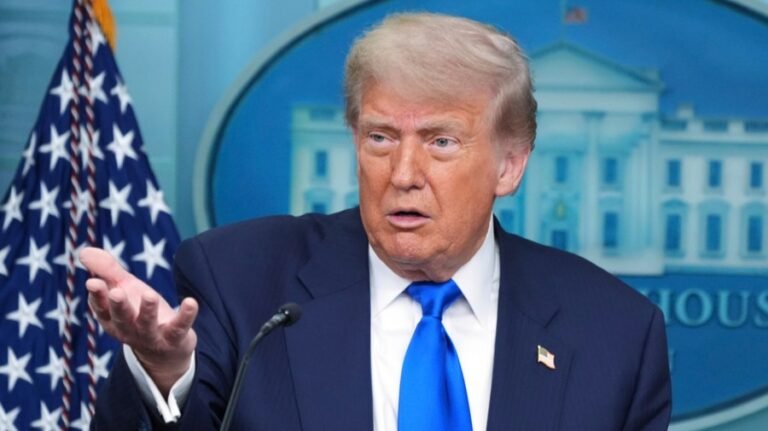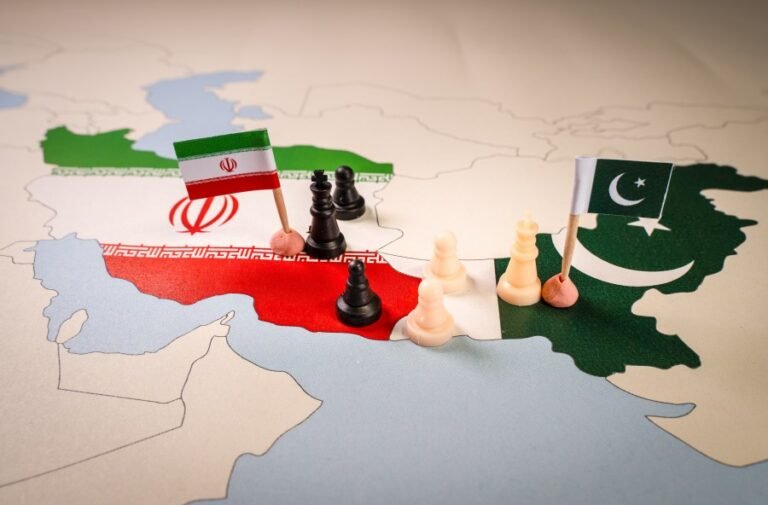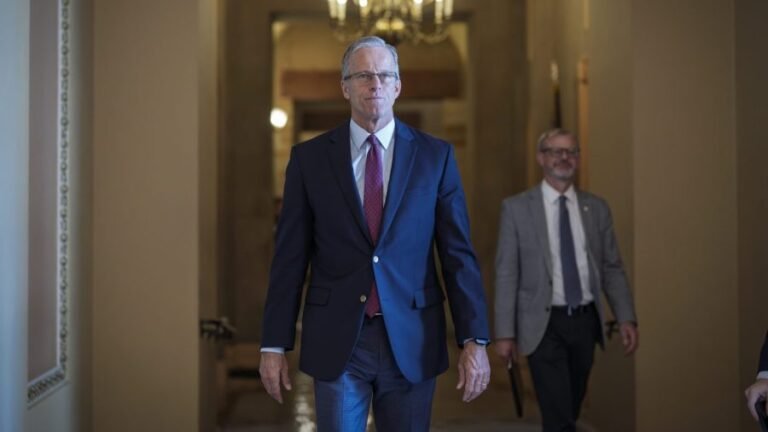
By bombing Iran’s nuclear facilities, did President Trump just demonstrate a promising new approach to international arms control? Some conservatives seem to think so. They are wrong.
National security strategist Matthew Kroenig suggested in The Washington Post last week that bombing other countries’ nuclear facilities is a good way to keep them from joining the world’s exclusive Armageddon Club.
“Leaders around the world must now consider that an attempt to start an illegal nuclear weapons program could very well result in a devastating confrontation with the Pentagon,” he argued. “In fact, the United States could capitalize on this moment and declare a new foreign policy doctrine of counter-proliferation through military force. … This brutal reality will not only make any future leader think twice about going nuclear, but will strengthen global nonproliferation efforts and perhaps, paradoxically, make the world a safer place.”
Dream on. In the first place, early damage reports indicate that dropping 14 of the world’s biggest non-nuclear bombs with pinpoint accuracy did not destroy Iran’s underground uranium enrichment facility. The Pentagon acknowledges the challenges of destroying military assets located deep underground. One of its most sensitive installations is located inside a Colorado mountain, where officials say it can be destroyed only by a nuclear missile.
So, as impressive as it was, the mission may not turn out to be a “devastating confrontation” with American power.
Second, violence begets violence. The U.S. cannot expect to violate foreign airspace and bomb sovereign nations without retaliation. The Iran mission immediately led to an attack on a U.S. military base and speculation that it might activate sleeper cells for terrorist acts in America. Kroenig’s “bomb ’em” strategy would invite more violence, not less. As Hebert Lin, a national security scholar at Stanford University, put it: “Going forward, no one knows what Iran will do next or when they will do it, but it’s hard to imagine that U.S. citizens around the world are safer today than they were a week ago.”
Third, the Iran mission depended on the element of surprise. But if bunker-busting bombs become America’s preferred response to nuclear arms proliferation, countries with nuclear programs will prepare defenses. It’s possible that the Iranians anticipated the June 21 attack and simply moved their equipment elsewhere.
Lin cautions that “any long-term solution will not lie in a military-only approach.” The next step should not be bigger and better bunker-busters. Rather, we should reopen global negotiations on complete worldwide nuclear disarmament with open inspections and severe sanctions against any nation that attempts to build or hide a nuclear arsenal.
So long as some nations have nuclear weapons, it’s unrealistic to expect that more won’t try to acquire them. According to the Institute for Science and International Security, 30 countries have tried to acquire nuclear weapons, including Iraq and Libya. South Africa succeeded but dismantled them. Experts speculate that South Korea, Taiwan and Algeria may attempt to develop them due to security concerns.
Ukraine was equipped with nuclear weapons under the Soviet Union. It returned them to Russia in 1994 after gaining independence and obtaining a security agreement from the U.S., United Kingdom, and Russia. It may regret giving the weapons back, now that Vladimir Putin has violated that agreement.
Next month, we will mark the 80th anniversary of the Trinity test, the first nuclear-weapon detonation. We have lived under the shadow of Armageddon ever since. Now, the danger of proliferation is growing. The New START agreement is the only remaining arms control treaty between the two nuclear superpowers, Russia and the U.S. It is due to expire next February.
According to the Stockholm International Peace Research Institute, “There are no signs of negotiations to renew or replace it.” Instead, the world is moving in the opposite direction. Last year, nearly all nine countries with nuclear arms upgraded and modernized their arsenals. The institute expects the U.S., Russia and China to deploy more nukes in the years ahead. Expert Hans Kristensen warns, “We see a clear trend of growing nuclear arsenals, sharpened nuclear rhetoric and the abandonment of arms control agreements.”
The institute also warns that artificial intelligence, cyber capabilities, space assets and new missile defenses are “radically redefining nuclear capabilities, deterrence, and defense” and creating new instability. Trump is also a source of instability. Former President Obama reached an agreement with Russia on New START in 2010; seven years later, Trump called it “one of several bad deals negotiated by the Obama administration.”
In Trump’s view, another bad deal was the agreement the Obama administration and the European Union reached with Iran in 2015 to curtail its nuclear arms program. Trump withdrew the U.S. from the deal in 2018, then tried to negotiate something similar with Iran this year — before bombing Iran.
The world’s failure to abolish nuclear weapons, like its failure to stop climate change, is symptomatic of an unacceptable human extinction paradigm. Mutual assured destruction is not a defense strategy; it’s a suicide pact. The psychological damage of these swords of Damocles has been profound, especially among children and adolescents.
It is in every nation’s interest, and every person’s, to achieve verifiable and enforceable nuclear disarmament.
From time to time, Trump laments that he hasn’t received the Nobel Peace Prize like Barack Obama did. He won’t get one by bombing other countries to maintain America’s nuclear superiority.
William S. Becker is co-editor of and a contributor to “Democracy Unchained: How to Rebuild Government for the People,” and contributor to “Democracy in a Hotter Time,” named by the journal Nature as one of 2023’s five best science books. He previously served as a senior official in the Wisconsin Department of Justice. He is currently executive director of the Presidential Climate Action Project, a nonpartisan climate policy think tank unaffiliated with the White House.


